
The Process
Project Inspiration
In Week 4, we began exploring different types of problem space. I was particularly interested in creative learning as I love the idea of teaching and learning and this lead to my thoughts about what I would like to explore over the course of the semester. Groups were formed according to the interests of domain spaces and I was fortunate enough to be able to team with up an amazing group of students, hence, our team Half Ice No Sugar. Our first initial concept utilised both physical interactive and online platform to educate children on learning math. The users will have to answer a few math questions through an online platform by interacting with the prototype.This initial design aimed to promote active learning through engaging activities that stimulates their brain. After subsequent reforms to the initial concept, we finalised on having Itsy, which enabled users to be engage through actions such as twist, push, press, shake or pull (as shown in the diagram below). Moreover, we have the voice output to provide commands for the children to follow to execute the correct action. Overall, these features were carefully considered and we decided that they were necessary to be included in this concept as it achieves our primary goal of promoting creative learning among children.
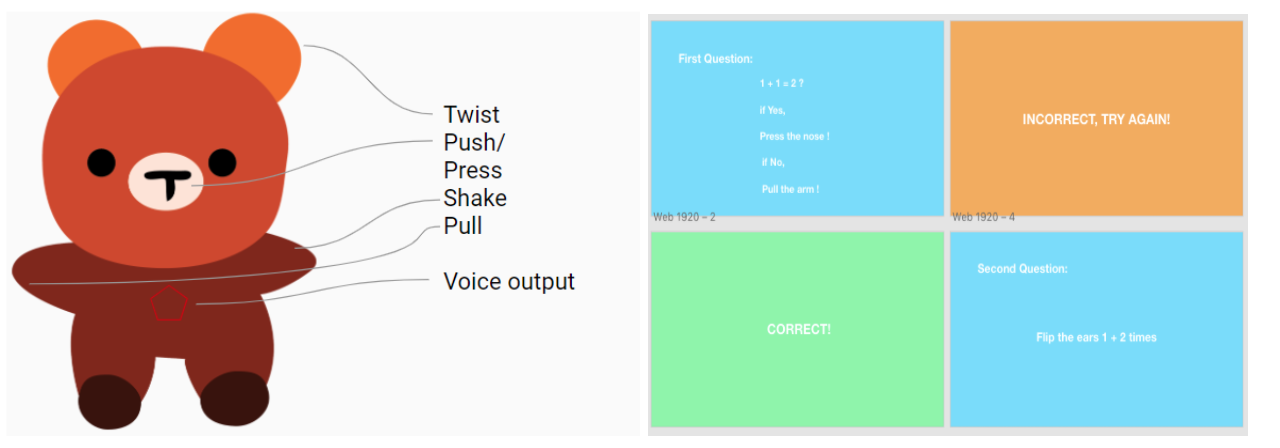
Feedbacks From Initial Concept
After delivering this pitch through our presentation, there were many concerns that were raised that the physical interaction with the teddy bear was not suitable for children. This being that our target audience age group is between 3-5 years, hence, commands requesting for movements such as twisting, shaking and pulling might be difficult for children to understand. Recommendations were provided such as having inputs like voice recognition so that the children will be able to relate to and have an emotional connection with Itsy that will allow them to learn better in a comfortable environment.
Idea Generation
Upon discussion, we decided to allocate tasks among our team members according to different learning goals and I decided to focus on teaching children colours. However, due to the pandemic, we were not able to meet up for discussion and we have decided to split up and work individual prototypes. I have decided to work on something different while focusing on creative learning and my goal was to find out how I could incorporate fine motor skills while helping my target audiences to learn about colours.
Background Research
I begin researching on how motor skills can help kids improve in their learning activities. This allows me to understand more about what motor skills and if there is a link to cognitive improvement. As I was going to implement audio output in my prototype, I went to research if the children vocabulary capacity at that age will be able understand certain words that my prototype audio will output.I also looked more into how fine motor skills are important for children and since our target audiences age group is 3-5 years old, I looked at some fine motor skills actives that kids are able to do that age which lead me to my inspiration to my prototype.
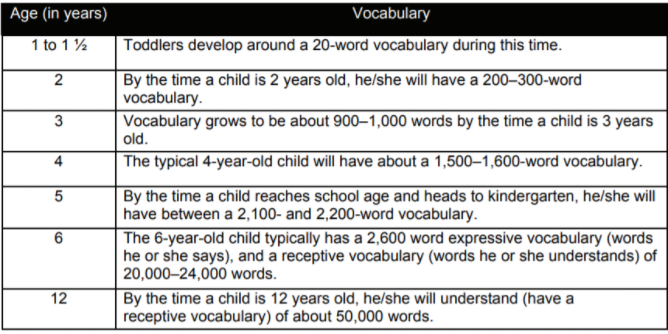
Contextual Inquiry
The second step was to gather some contextual related inquiries in order to understand certain behaviours of children. Due to the current pandemic of COVID-19, I was only able to do an online interview with one of my friend’s parent who has two children. During this interview, I asked them questions regarding the behaviour of their children, such as how they learn in school and the current methods that they were using to teach their children. I realised that the information obtained was insufficient to prove the reason of this project, which lead me to use YouTube videos as an alternative form of observation. This allowed me to gain a better understanding of the challenges that parents are facing when educating their children which enabled me to understand better how I can better address these issues using my prototype, Itsy.
Overall, I find that children from the age of 3-5 years are already able to incorporate certain basic fine motor skills through their learning such as pressing, holding on to something and strength application. Children at that age have a high level of curiosity and are easily able to absorb information provided to them especially through hands-on application. Based on this, activities that allows them to utilise their fine motor skills should be encouraged such as Itsy, to enable them to pick up and refine new skills. Furthermore, through engaging activities, children will be able to pick up new knowledge and build on their limited capacities. It is important to take note of their possible limited capacities that can come in the form of linguistic such as pronouncing or understanding certain words due to their limited hearing skills and vocabulary capacity. Hence, taking all these factors and information through the interview and YouTube videos into consideration and improved on my prototype, Itsy.
The First Prototype
The next step was to discover how to implement the features together. I wanted to test out how my audio and colour sensor could fit together and so my version of its is a buzzing board game that allows children to practice their motor skills by taking the bees out from the individual holes based on the colours detected from the colour sensor. The colour sensor will first detect the colour and the audio simplifier will project an audio telling the user what to do according to the respective colours. If the user touches the aluminium foil that was attached around each holes, the buzzer will ring and the led will light up. The audio simplifier will then project and audio to tell the user to restart the game. This allows the users to practice their fine motor skills.
In my opinion, I made quite a few mistakes this prototype was difficult to integrate the physical interactions into a physical bear and in terms of developing motor skills, I did not really thought of what what kind of motor skill was I developing. However, the TCS3200 colour sensors and the audio simplifier was one of the key features for testing and it allows me to test certain functionality such as colour detection and audio output. Due to the ongoing lockdown during that period, I was only able to test with an adult and feedbacks given in regards to audio output was good. The audio output was easy for users to understand as simple English was used as an encourage or instructions.
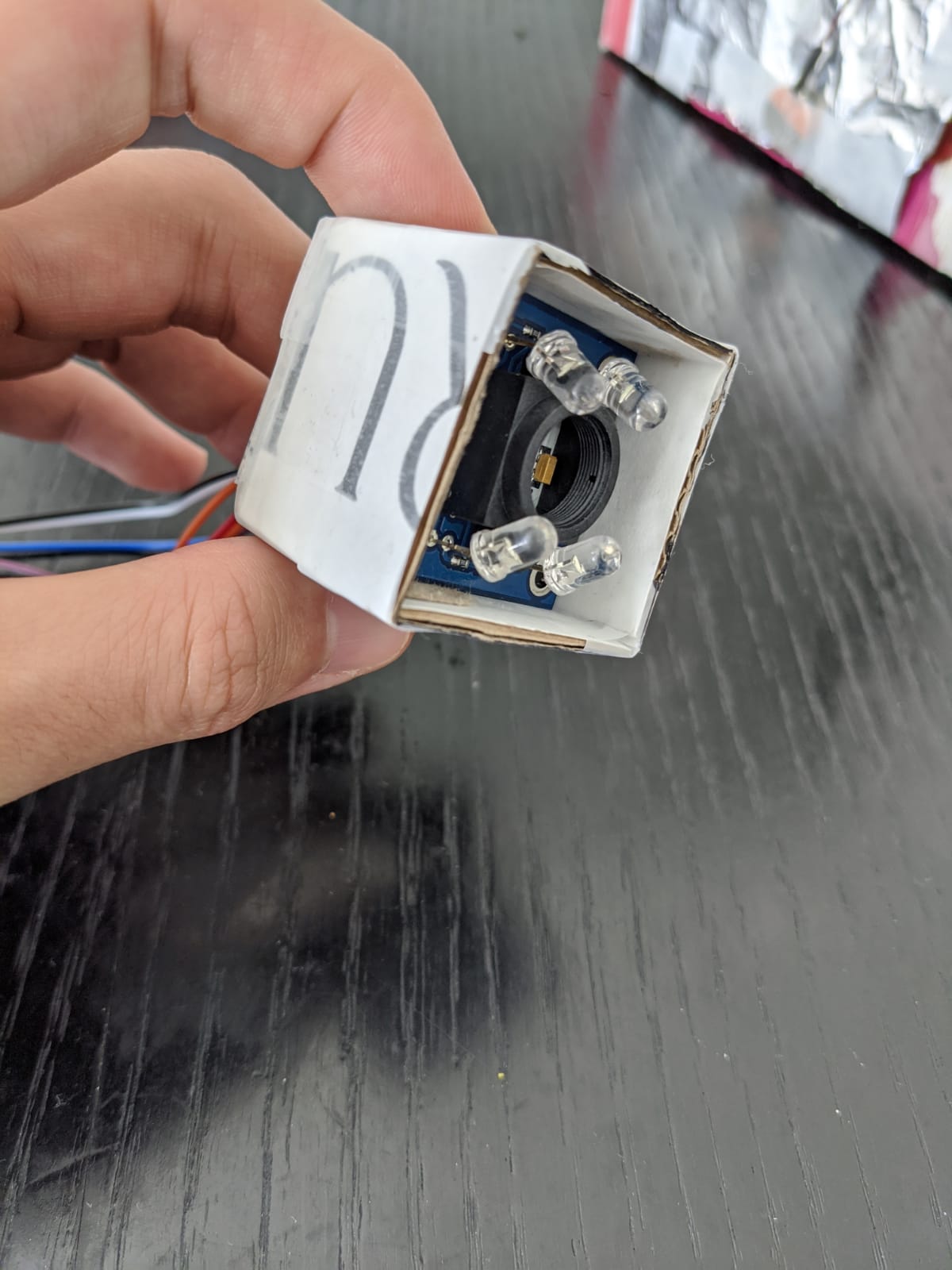

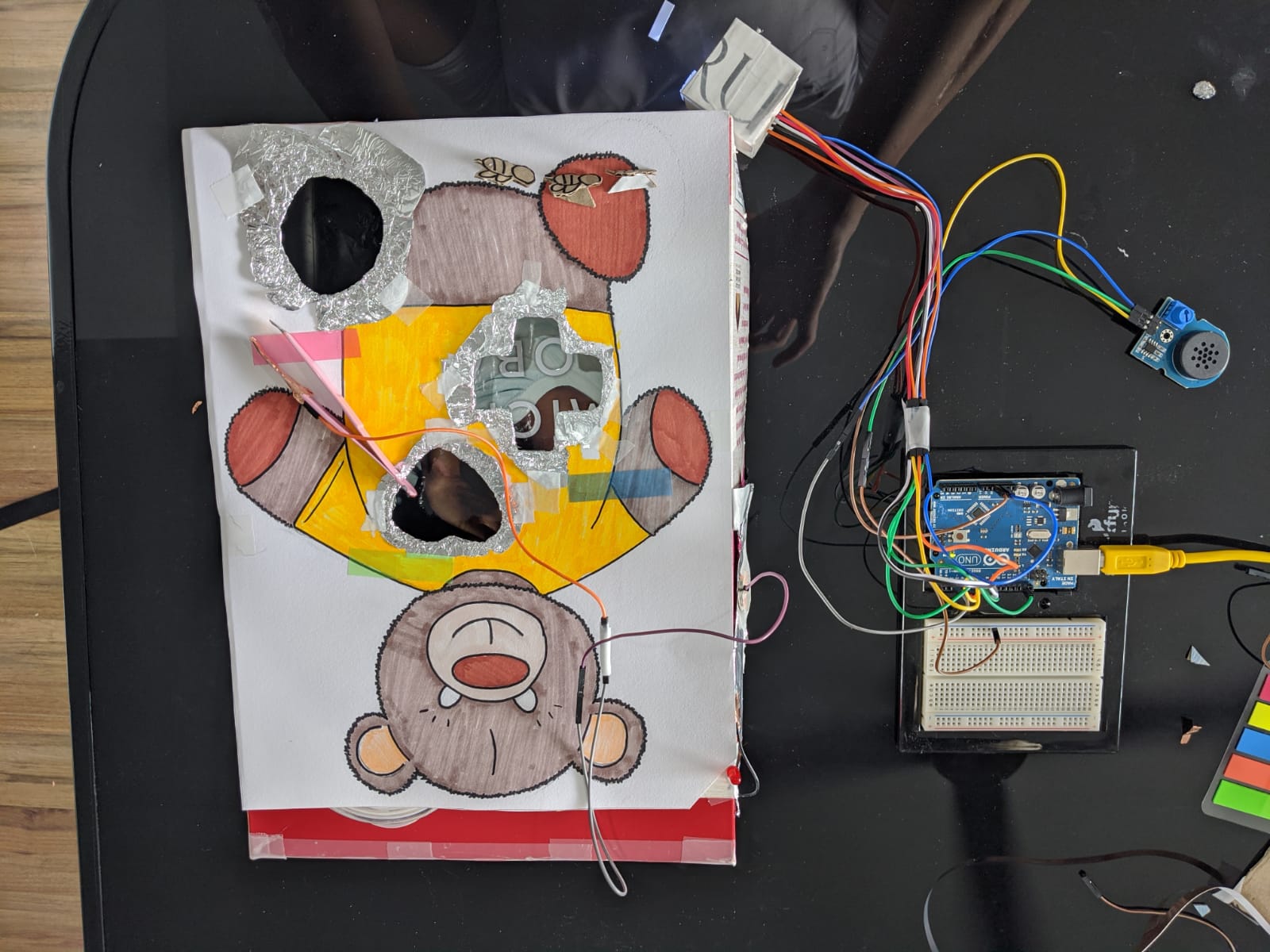

The Final Delivery
For my initial prototype, the colours that were fixed on the buzzing board were insufficient to test if children can retain their knowledge after the using my prototype. This was further reaffirmed after discussing with my teammates. This brought about my decision to work with one of my team member, Fardeen, with the aim to integrate our ideas together. Fardeen’s prototype was specialised in sound and auditory learning techniques and this made me excited with the idea of integrating his idea with my colour sensor to make it more challenging and engaging for children when using our prototype. After subsequent discussion with Fardeen, I have decided to remove the buzzing board game as it was not ideal to integrate it into a physical soft toy bear. Combining both of our components together allows children to practice both left and right motor skills while testing on their colour knowledge at the same time. Due to the current situation of the pandemic, it has been difficult to obtain feedback from 3-5 years old children for Itsy, hence, it was hard to find out if this prototype has achieved its purpose of helping them learn more effectively. Despite this limitation, every feature in the final prototype was designed specifically to provide creativity and high level of engagement and to ensure that efficient learning will be achieved among the users.


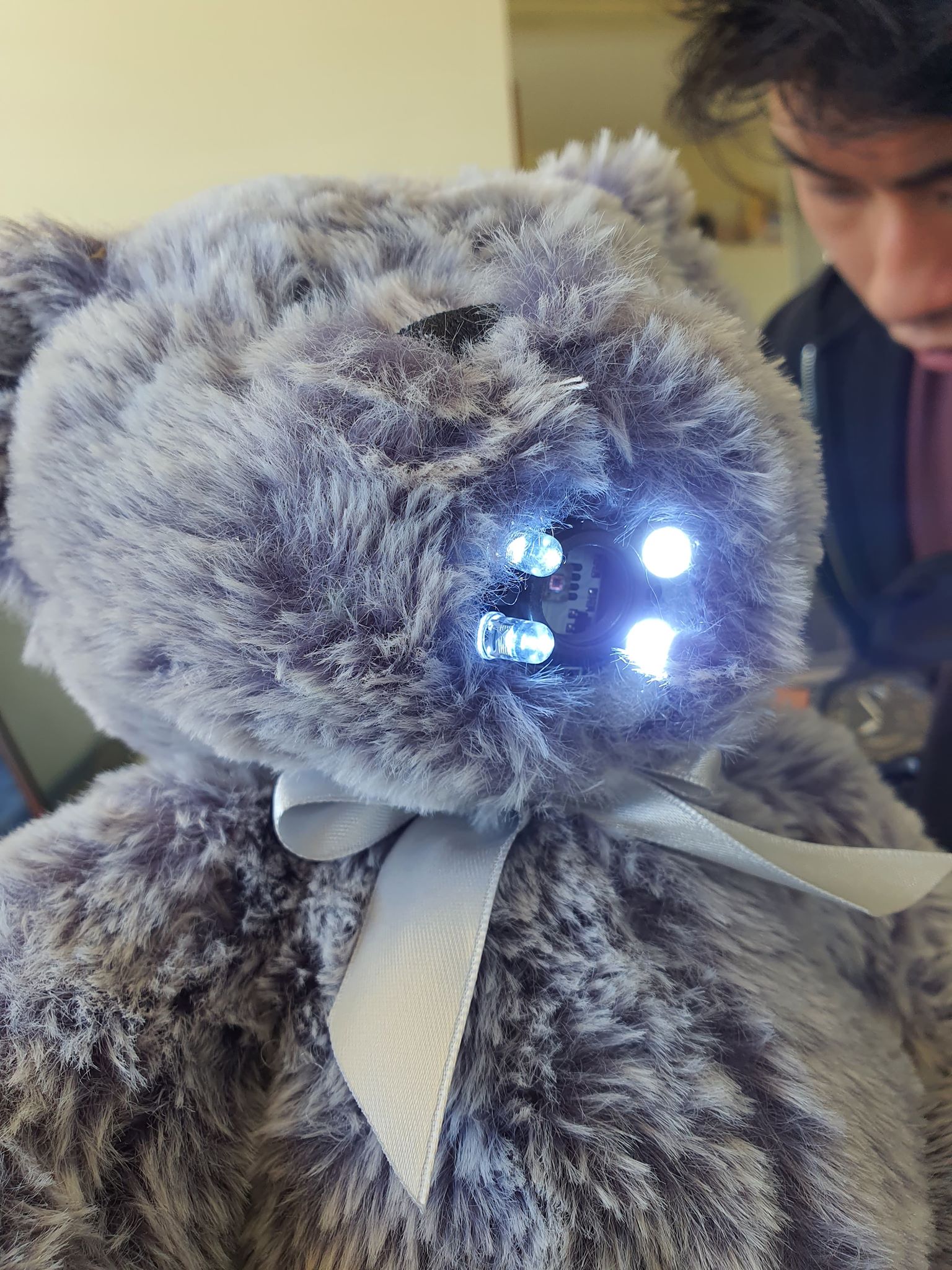

Reflection On Project Outcome
Despite the ongoing pandemic, we didn’t get to meet up and work together as a team for the final product but I am pleased and happy that we managed to reach the final stage. My design process was a little confusing for me at first as I was trying to find out how I could get people for interviews and how I could test my prototype. In terms of design process, I would spend a lot more time user testing the implementation of the outputs in terms of getting them to playing with the final prototype and finding out if this prototype, Itsy, achieved the outcome of helping children learn. While I think these outputs of the prototype did helped me gathered more information and allowing me to explore more ways to help children with learning, more user testing and contextual inquiry could have resulted in improvements.I’m quite happy as I get to work with one of my team mate to get the overall physical prototype done. This only happened at the end of week 10 where visitings was allowed in Brisbane but we managed to get to integrate our components together into a teddy bear.
However, if I were to re-visit the project, there are some things that I might want to address. I would want to find out how I can help children with learning disability and how children with have a sense of connection with the Itsy. This will allow me gain a better understanding on how I can improve my prototype for children in general. Instead of educating children about colours, this product did not achieve that outcome but it did serve the purpose of testing children on their knowledge on colours. I would also revise the final product to make it wireless because at the moment every component was not attached in Itsy. This however, requires more complex technology, which was less achievable given the time and resources that we have. In terms of a Phsycomp project, this is my first time putting things together and trying to make it work, I am satisfied with the overall process of trying to get from phase 1 to the final phase which is the final product. The success criteria of the final outcome was measured based how well the prototype is able to achieve core project objectives, overall in my opinion, the prototype is able to provide a different way of learning that engages children better. However, user feedback might not be as accurate as I was not able to conduct user testing on specific target audience (Children of Age 3-5) due to the pandemic. Overall, I would say that my final product did successfully address the problem space as it helps to educate children in a rather different approach as compared to traditional learning.It was definitely challenging as I wasn’t good with my software skills but it was rewarding to see that we have managed to come this far. We hope through our hard work and sheer motivation in creating Itsy especially during this time of pandemic, Itsy will be to achieve our goal and help children learn more effectively and a more engaging form of learning that will help them to refine their motor skills.